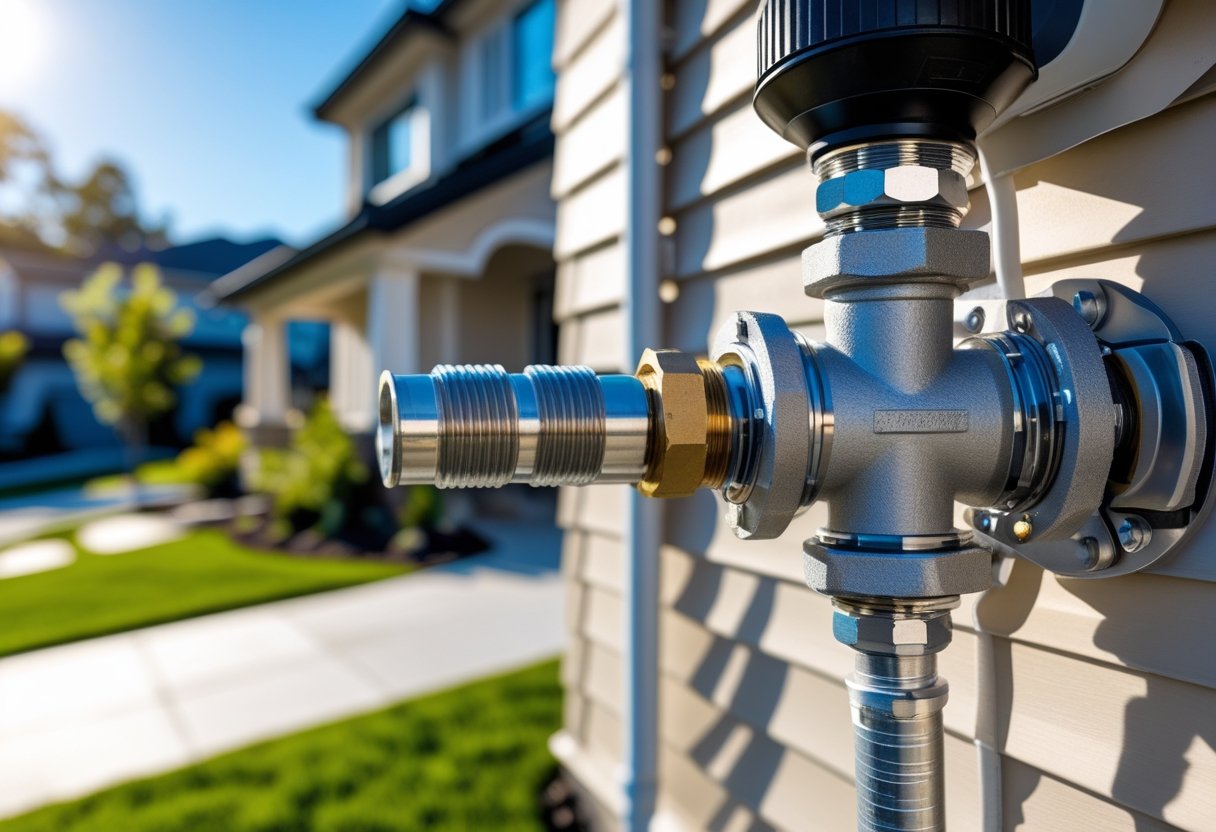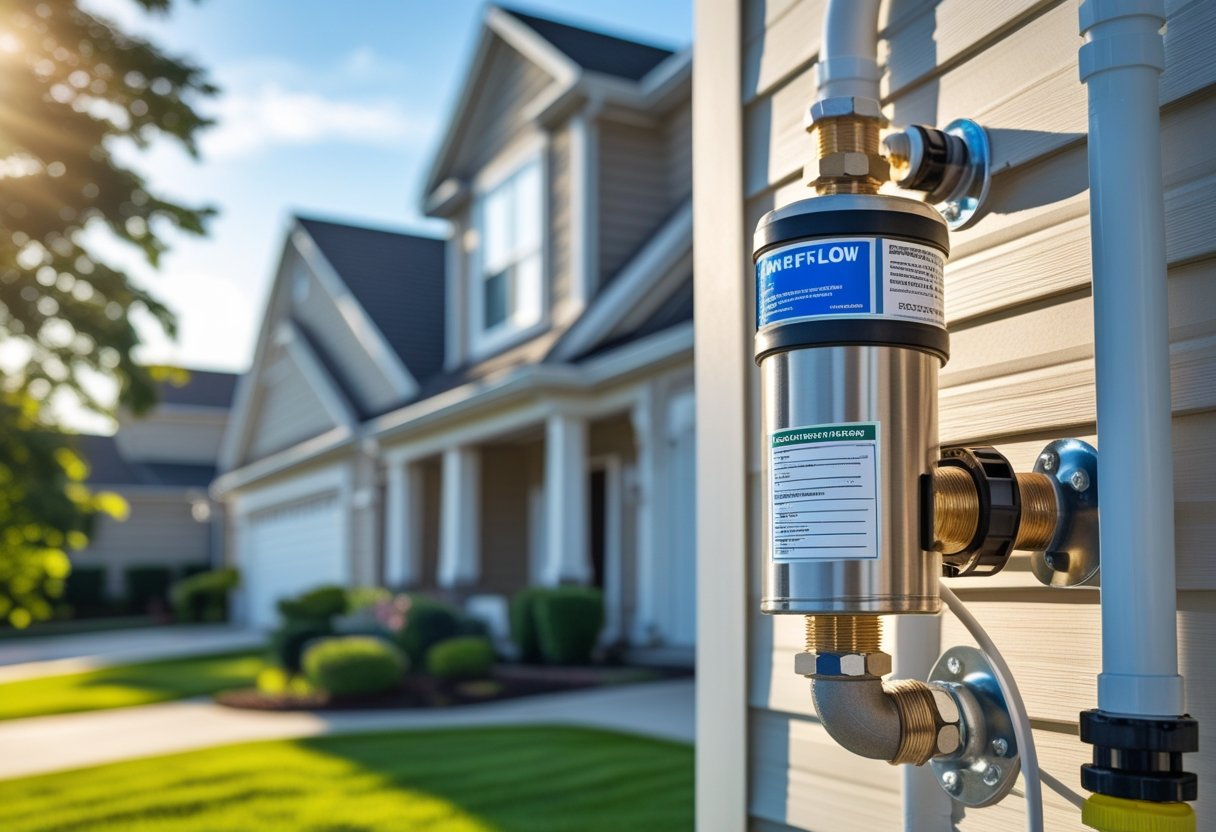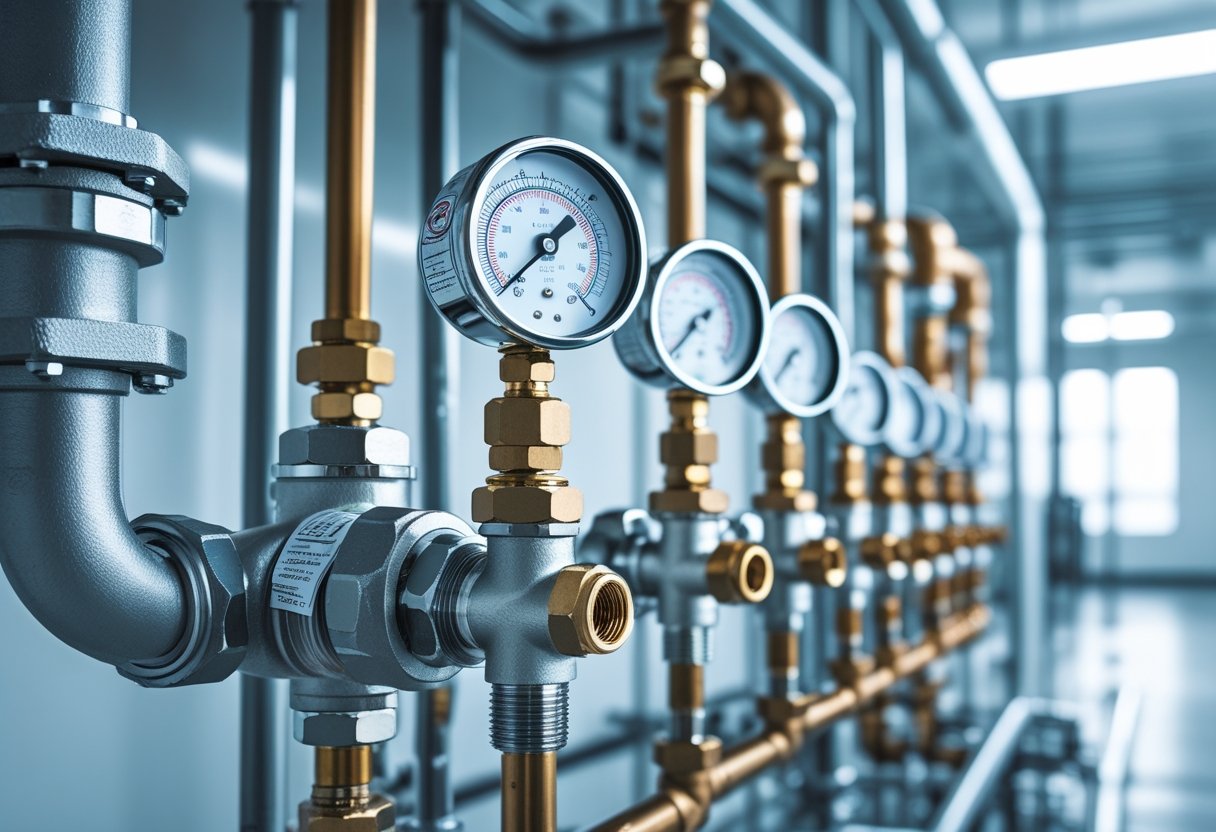Backflow testing is no longer a routine task, it’s now a regulated requirement with stricter oversight across California.
California's Cross-Connection Control Policy Handbook (CCCPH) has introduced significant changes to backflow testing requirements that took effect July 1, 2024, with additional provisions coming into force in 2025.
Water systems across the state now face expanded record-keeping responsibilities that go beyond simply tracking backflow preventer tests.
Beginning July 1, 2025, California mandates that all backflow assembly testers and cross-connection control specialists be certified through a program recognized by the State Water Resources Control Board (SWRCB).
By July 1, 2027, those certification programs must also be ANSI-accredited, ensuring a standardized level of competency and regulatory compliance statewide.
We've noticed many water system operators are still catching up with these regulatory changes. The updated policy aims to strengthen protection against potential contamination of public water supplies through cross-connections.
California water systems must now maintain comprehensive documentation of their cross-connection control programs, including test results, inspection records, and hazard assessments.
For testers and specialists who plan to continue working in this field, attending required meetings and maintaining proper certifications has become more crucial than ever.
The California Water Service, for example, has already scheduled tester meetings for the 2025 testing season and requires submission of tester agreements, certifications, and current backflow test gauge calibrations to remain on approved tester lists.
In this guide, we break down the latest testing procedures, certification requirements, and documentation rules to help you stay compliant and protect public water safety.
Here's what you need to know:
- Overview of California's 2025 backflow testing requirements
- Backflow testing procedures and compliance
- New 2025 certification rules for backflow testers in California
Whether you’re a facility manager, tester, or property owner, understanding these changes is essential heading into the 2025 testing season.
Overview of California's 2025 backflow testing requirements
California's backflow testing requirements have undergone significant changes for 2025. These updates aim to strengthen protection of public water systems from contamination through cross-connections and improper backflow prevention.
Key changes to California’s backflow testing rules for 2025
The State Water Resources Control Board has implemented several important changes to the Cross-Connection Control Policy Handbook for 2025. Water systems must now maintain more comprehensive records beyond just backflow preventer test results. These expanded documentation requirements help ensure better tracking of potential contamination risks.
California Water Service (Cal Water) has updated its tester meeting schedule for the 2025 testing season. Testers must attend one of the scheduled annual meetings to be included on Cal Water's approved tester resource list.
Testers are now required to submit:
- A signed tester agreement
- Current tester certification
- Documentation of backflow test gauge calibration
The state has also strengthened requirements for field testing procedures and air gap inspections to ensure proper functioning of backflow prevention assemblies.
Who must comply with backflow testing laws
All public water systems in California must implement comprehensive cross-connection control programs. The Los Angeles Department of Water and Power (LADWP) and similar agencies must follow regulations outlined in the State's Cross-Connection Policy Handbook.
Property owners with:
- Commercial buildings
- Industrial facilities
- Multi-family residences
- Irrigation systems
- Properties with potential cross-connections
These owners must install, maintain, and test backflow prevention assemblies according to state requirements.
Certified backflow prevention assembly testers must meet new certification standards. The California Rural Water Association offers five-day certification courses that satisfy State Water Resources Control Board requirements. A course is scheduled for October 6-10, 2025, in Sacramento.
Essential terms in backflow testing and cross-connection control
Backflow: The undesired reversal of water flow that can introduce contaminants into the public water supply. This occurs when pressure changes cause water to flow backward through pipes.
Cross-Connection: Any physical connection between a potable water system and any source of potential contamination. Examples include connections to irrigation systems, boilers, or chemical tanks.
Backflow Prevention Assembly: A mechanical device installed to prevent backflow. Common types include:
- Reduced Pressure Principle Assemblies
- Double Check Valve Assemblies
- Pressure Vacuum Breakers
Air Gap: A physical separation between a water supply outlet and a receiving vessel. This is considered the most reliable backflow prevention method.
Field Testing: The process of inspecting and verifying that backflow prevention assemblies function properly. Tests must be conducted by certified testers using calibrated equipment.
Backflow testing procedures and compliance
Proper backflow testing procedures are essential to protect California's potable water supply from contaminants and pollutants. Understanding these requirements helps ensure your system remains compliant with state regulations.
Required frequency of backflow testing in california
In California, backflow prevention assemblies must be tested at least annually. This requirement applies to all devices that protect the public water supply from potential cross-connections. The testing schedule is strict - no exceptions are permitted for operational devices.
Cal Water and other water providers may send reminders, but ultimate responsibility falls on property owners to ensure timely testing. Some high-risk facilities might require more frequent testing, particularly those handling hazardous materials or with complex plumbing systems.
Testing must be completed before the anniversary date of the previous test. Water providers may shut off service if backflow prevention devices fail tests and aren't repaired or replaced promptly.
Acceptable testing methods and equipment
All backflow testing must be performed using calibrated test equipment. Test kits require annual calibration by an approved laboratory, with certification documents available during inspections.
Required Equipment:
- Differential pressure gauge test kit
- Appropriate adapters and fittings
- Current calibration certificate (within 12 months)
Tests must follow manufacturer specifications and industry standards. The procedures vary depending on the type of assembly (RP, DC, PVB, etc.). As of 2025, testers must document specific pressure readings at each test point.
Only certified Backflow Prevention Assembly Testers can perform these tests. Starting July 1, 2025, testers must hold certification from a California-recognized organization to comply with updated regulations.
Documentation rules for backflow testing and reporting
Proper documentation is crucial for compliance. Test results must be submitted to the water provider within 10 days of testing using their approved format.
Required Records Include:
- Test date and results
- Device information (type, size, location, serial number)
- Repairs performed (if any)
- Tester information and certification number
- Test kit information and calibration date
We recommend keeping copies of all test reports for at least five years. Many water providers now offer online reporting systems, making submission more efficient.
Beyond test results, California regulations require documentation of system surveys, hazard assessments, and device installations. All records must be available for inspection by water system representatives or regulatory agencies upon request.
New 2025 certification rules for backflow testers in California
California's regulations for backflow testing are changing significantly, with new certification requirements taking effect in 2025. These changes will impact all professionals working in this field.
Certification requirements for backflow testers
As of July 1, 2025, all backflow assembly testers in California must be certified by a Water Board-recognized organization. Public Health-issued certifications will no longer be valid after this date. This change aligns with the cross-connection control policy handbook requirements (CCCPH, §3.4.1).
To maintain certification, testers must:
- Pass both written and practical exams
- Demonstrate ability to test ASSE 1013, 1015, 1020, and 1056 assemblies
- Renew certification every three years
- Keep test gauge calibrations current
Los Angeles County testers will need to follow these same guidelines, as local regulations must comply with state standards.
Approved backflow training programs and testing organizations
Several organizations offer approved certification programs that will meet the 2025 requirements. The California-Nevada Section of the American Water Works Association (CA-NV AWWA) provides a comprehensive Backflow Prevention Assembly Tester Certification program for $340.
Other recognized associations include:
- American Backflow Prevention Association
- ASSE International (which requires certification through nationally recognized third-party certification bodies)
Cal Water requires testers to attend annual meetings to be included on their resource list. These meetings cover the latest regulations and testing procedures.
We recommend checking with your local water provider for specific requirements in your service area, as some may have additional standards beyond the state requirements.
Conclusion
California’s updated backflow testing regulations represent a shift toward more rigorous compliance and documentation standards. With new requirements for certification, field procedures, and reporting now in effect or approaching, water systems and testers must act proactively.
Meeting these rules ensures your property’s backflow assemblies function properly, and that you’re contributing to statewide efforts to protect drinking water from contamination.
To stay compliant in 2025, make sure your testing is performed by a certified professional and your records meet California’s latest standards. Contact Pacific Backflow for expert testing and guidance.











